There’s a pre- and post-Ladakh version of myself. I’m forever changed by what I have learned from its topography, its people and its history. I have a deeper understanding of what it means to be sustainable, why it is important to preserve age-old techniques and traditions as a way of life, and how all of this forms the language of the aesthetic of a particular region.
On an eight-day Pashmina Trail (organised by Shoba George of The Extra Mile, and Mantra Himalaya) last month, I witnessed how palpable nature’s influence is on every aspect of life in this mountainous region: be it the pursuit of agriculture that’s limited to a mere four months of the year or the locally-sourced materials used in construction.
Old Ladakhi structures are juxtaposed with newer ones that continue to borrow techniques from the past. Poplar wood, for instance, still finds its purpose as insulation between roof slabs in monasteries and homes. The distinctive technique of building with thick rammed earth walls endures, preserving the wisdom of storing heat during the day and slowly releasing it at night. Even the size of the doors hold meaning — low doorways encourage humility and respect, inviting visitors to bow before entering.
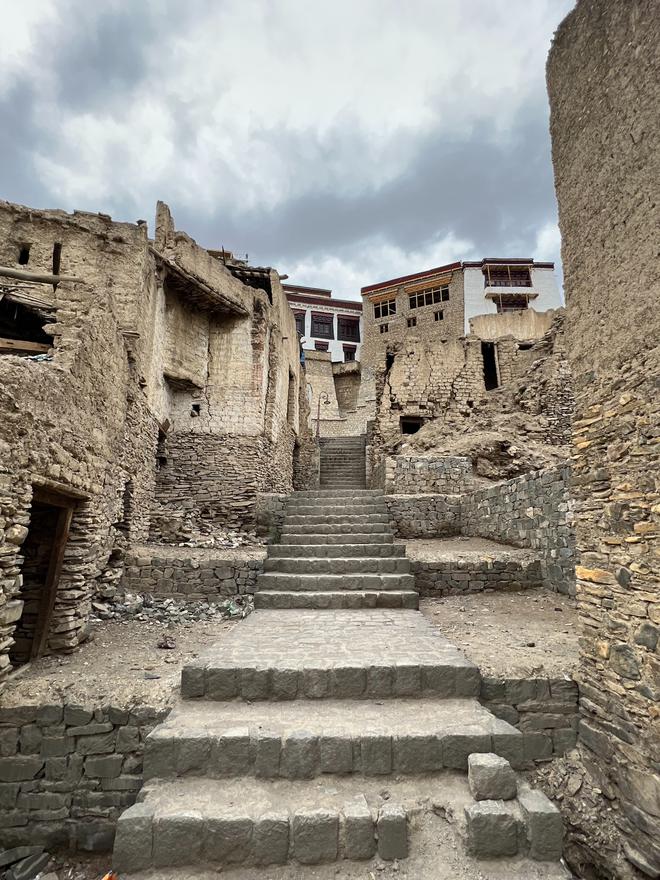
Walking into the Leh home of Catherine Allié and Tsering Angtak — the founders of We are KAL, a portal that retails mindful fabrics — I was struck by how the earthy aesthetic of plastered mud interiors had a contemporary feel, one that reminded me of the minimalism of the West. Their home, where the materials merge into one another and into the landscape, is also their studio where they continue their efforts of keeping the craft of weaving local wools alive.
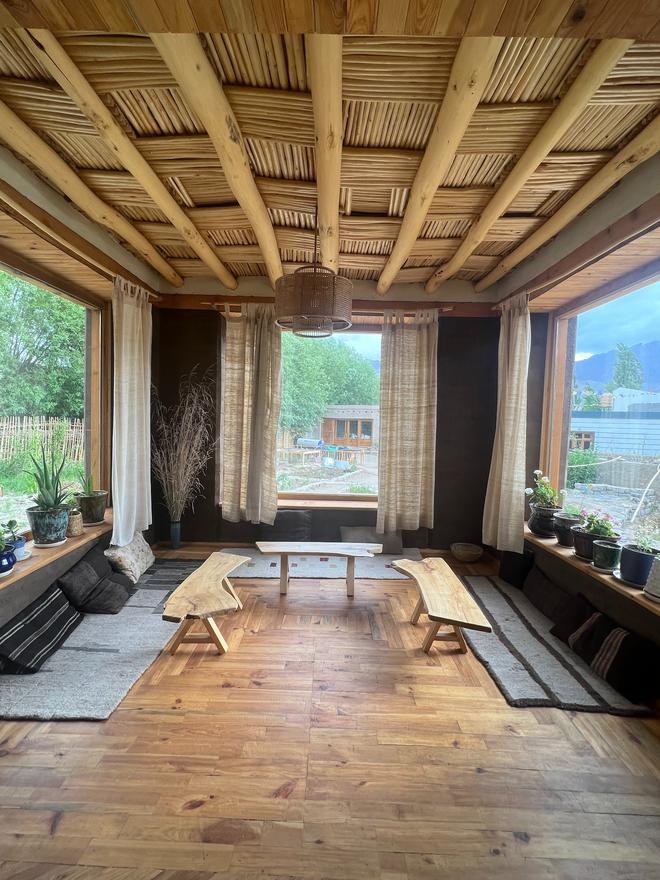
Changpas and yak wool tents
Midway through the trip, we ascended to 15,000 feet, and the harsher terrain of the Changpa nomad tribe in Changthang unfolded, revealing tents made of yak wool. Our guide, Siddarth Pradhan, explained that the fabric is not only insulating, but also possesses water-resistant properties, enabling them to travel every two months, looking for sustenance for their livestock.
The soothing colour palette of Ladakhi textiles stood out. They are derived from the natural shades of wool of the yaks, sheep, and mountain goats, and come in varying hues of cream, beige, brown and black. Interestingly, as one journeys higher, the colours deepen, an intentional adaptation for absorbing heat in the colder regions. In sharp contrast are the striking red robes of the Buddhist monks which, in ancient times, were probably dyed using the saffron that grew in abundance there.
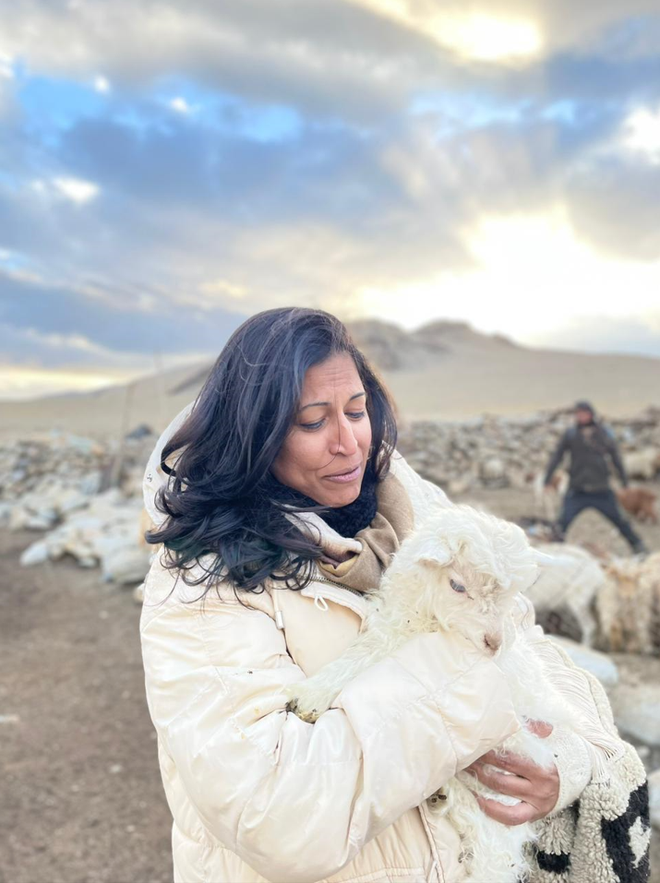
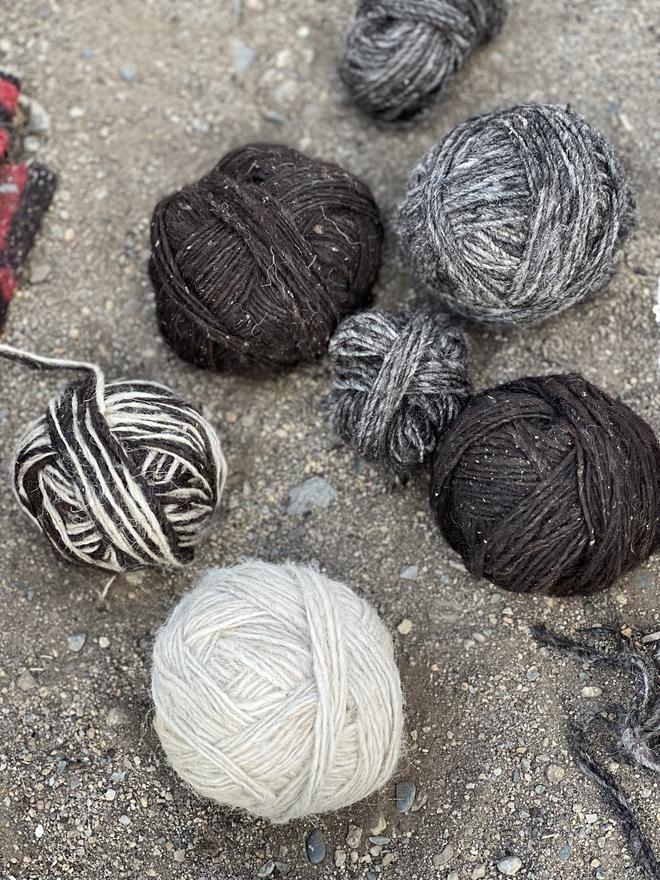
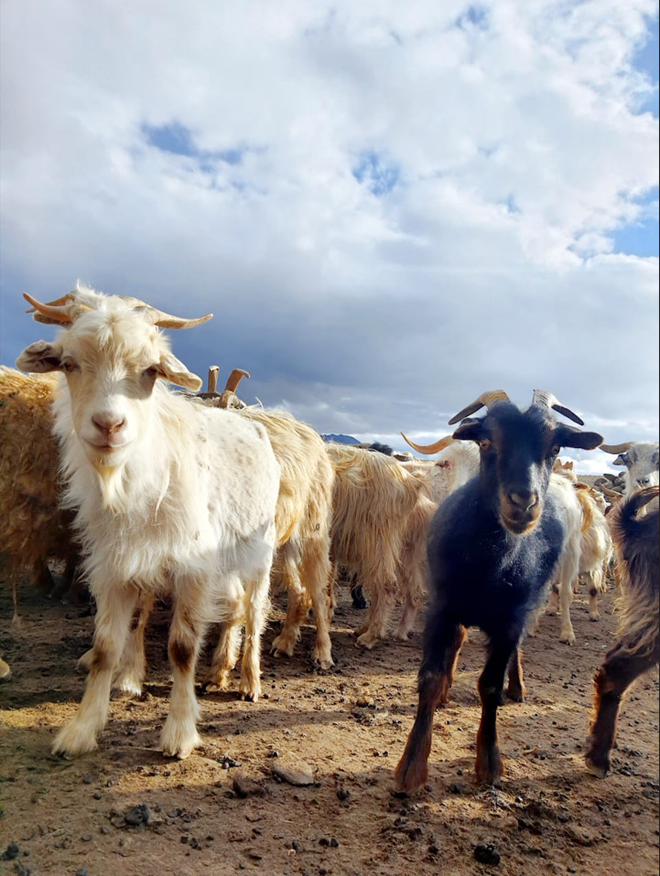
As the Changpas worked in the harsh conditions, Dolma — a weaver who is related to Angtak from We are Kal — showed me a stunning sheep wool shawl in beige and cream. I was struck by the quality and finish of what was produced in this remote area by a person who is informed only by nature.
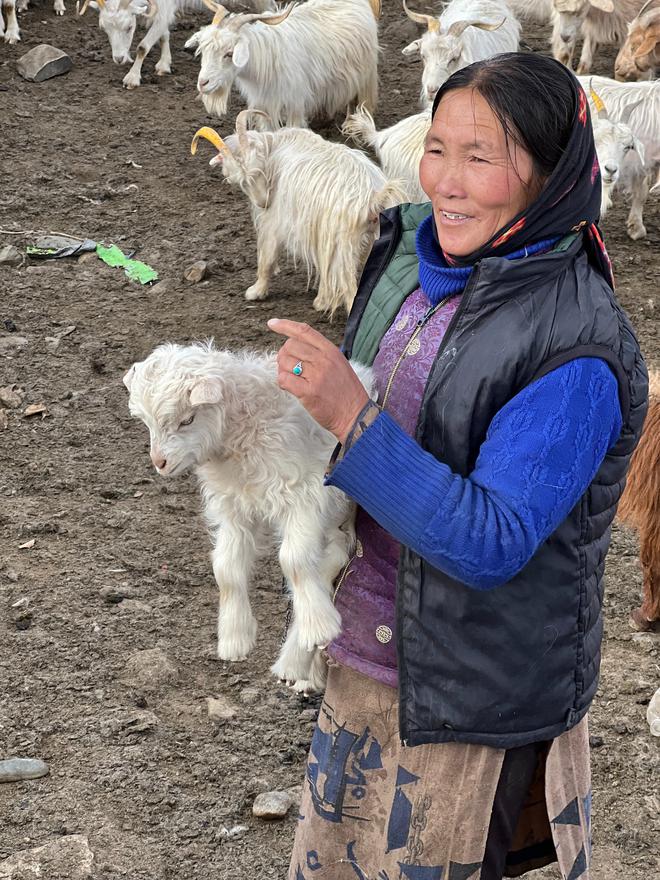
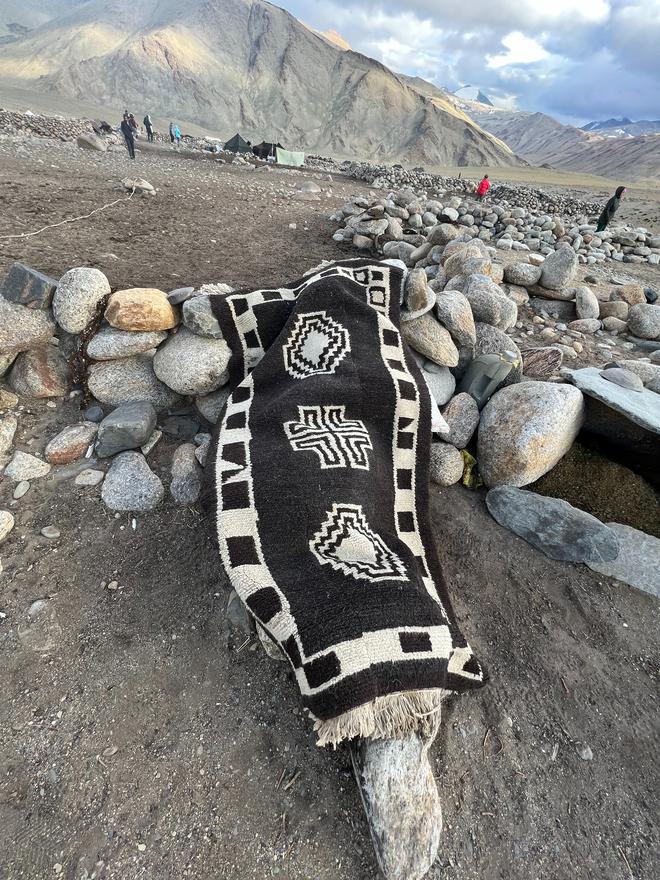
But there’s also a sombre reality: many ancient crafts such as pashmina shawl weaving, coppersmithing in Chiling Sumda village, pottery in Likir, and stoneware from Turtuk are fading. Sadly, despite globalisation — and how everything is now available everywhere — there isn’t a structure in place to market these products to the European or American markets where the Ladakhi aesthetic would fit seamlessly.
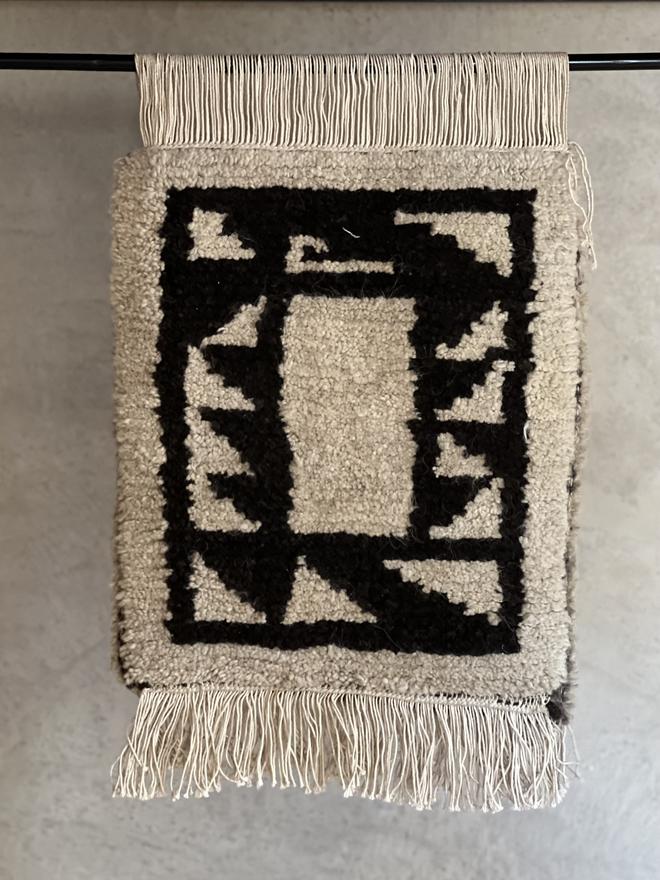
Rituals with copper and clay
The more you journey through the region, the more age-old practices you encounter, particularly in the monasteries. Take the art of making tea and cooking in clay vessels. The tea is mixed with butter, sugar and salt in a long wooden or copper tubular vessel with a churning ladle to make the renowned salty tea known as gur gur chai. It is served in a traditional clay or copper teapot.
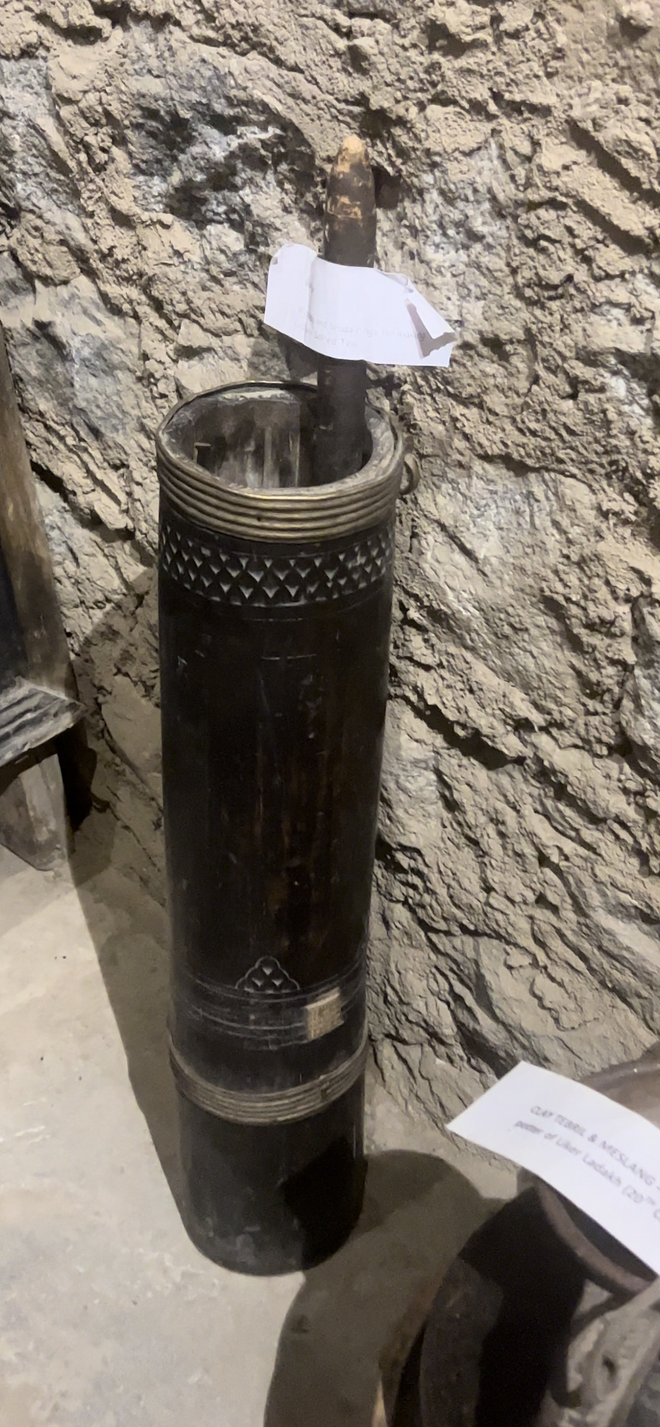
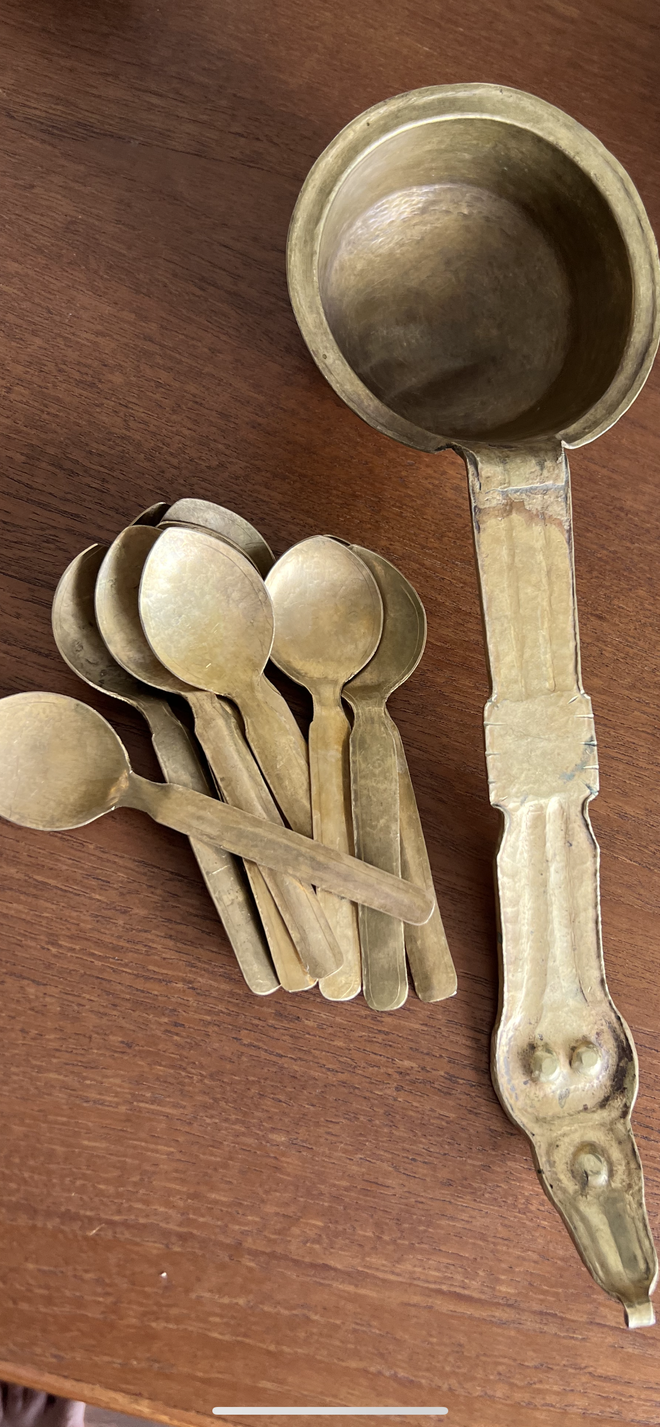
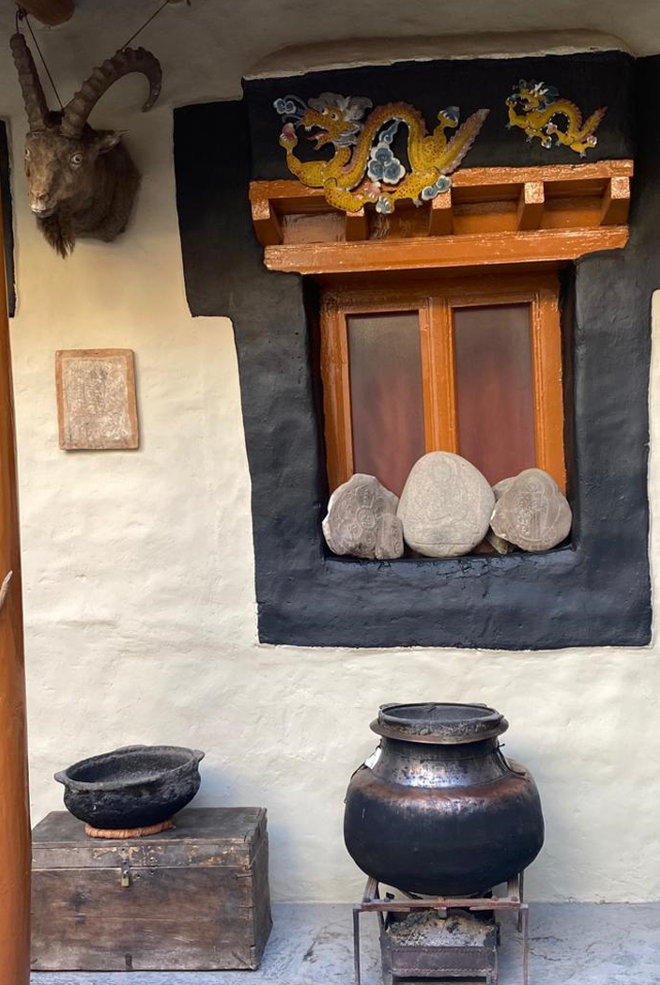
In Ladakh, we dropped by Alchi Kitchen, which is run by the award-winning chef Nilza Wangmo. The all-women restaurant has a traditional Ladakhi kitchen, and I came across small copper saucepans with long handles — used to mix the butter and salt into the hot tea — and hammered copper spoons.
Traditional clay ovens and stone furnaces provide warmth and also serve as cooking tools. You can spot these in Leh’s bakers’ lane, Chutay Rantak, with its traditional water mills built by the Baltis in the 17th century, and Kashmiri bakers baking breads such as khambeer in their tandoor ovens.
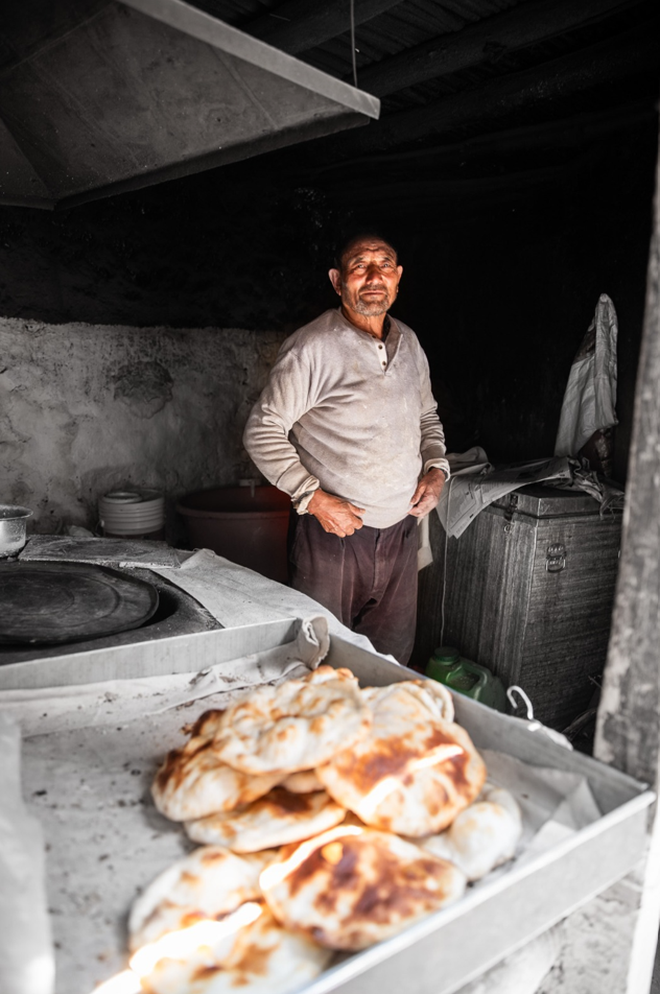
For me, a journey through Ladakh was not just an exploration of craft and design but an immersion into the very essence of human existence, balancing nature and life.
The writer is the creative director at Good Earth’s FLOW.







